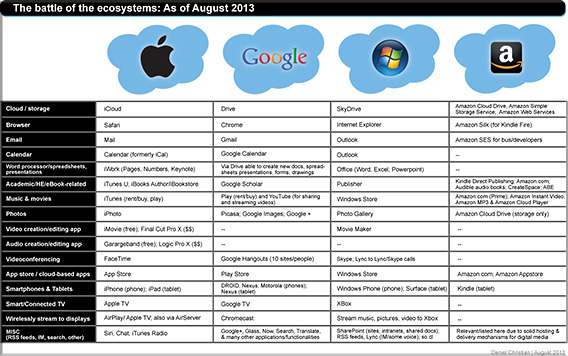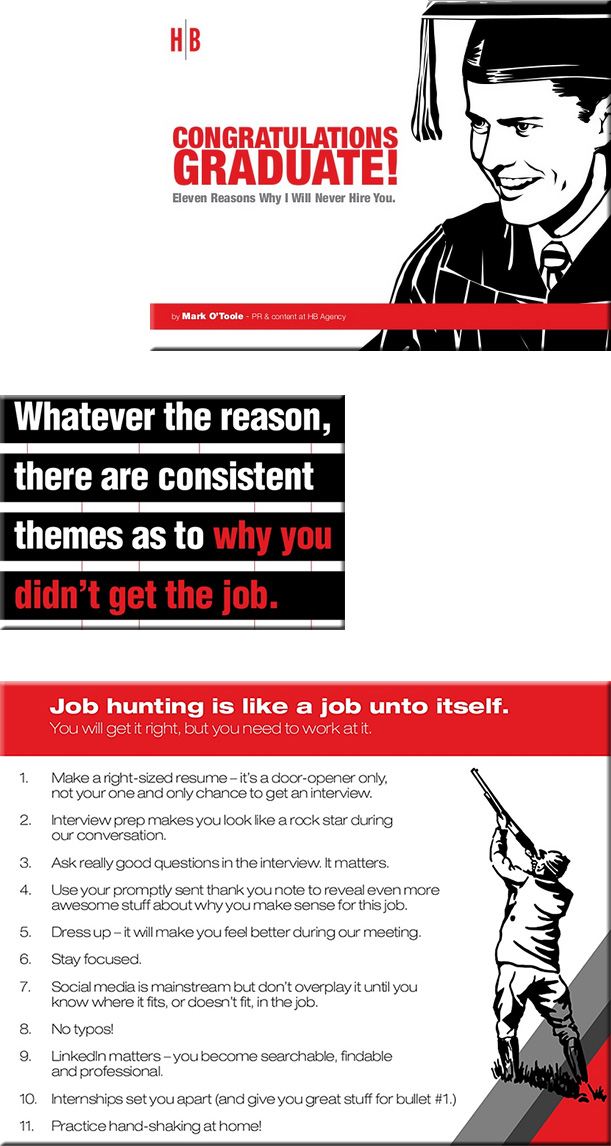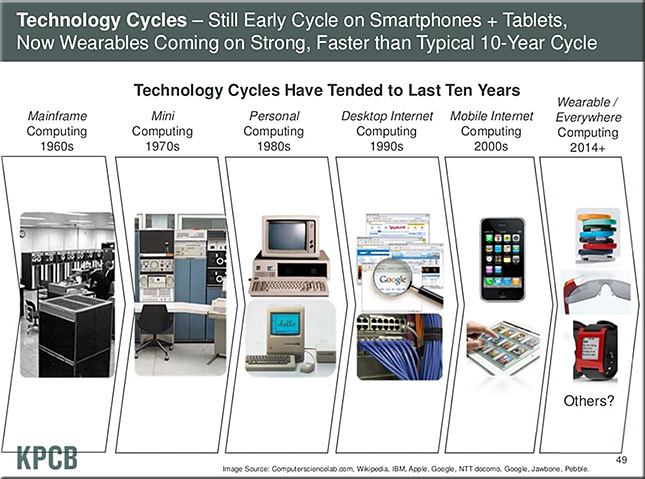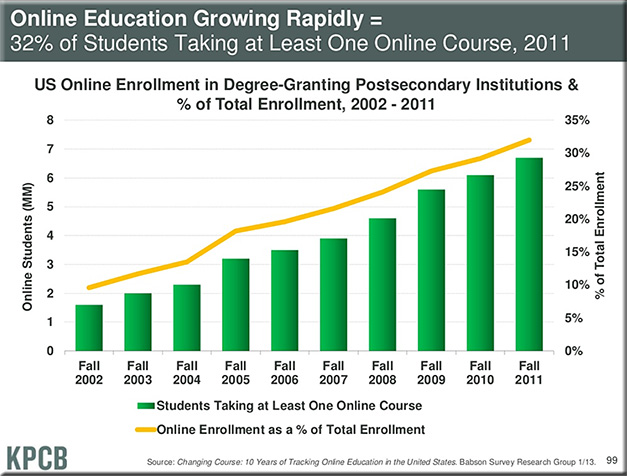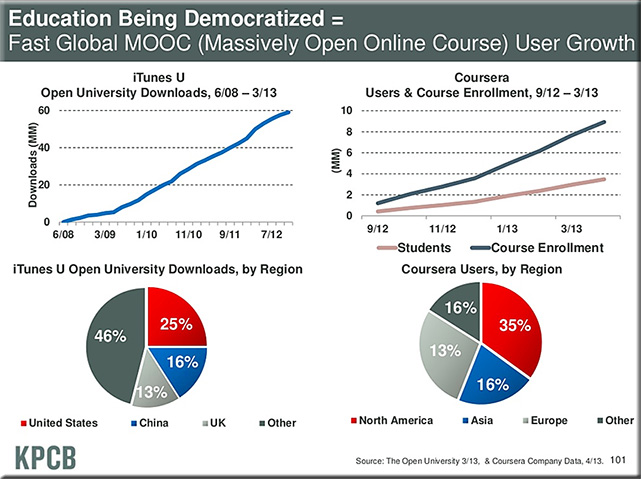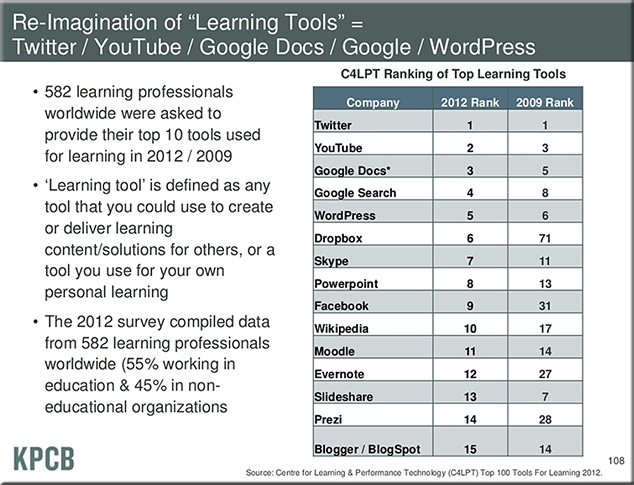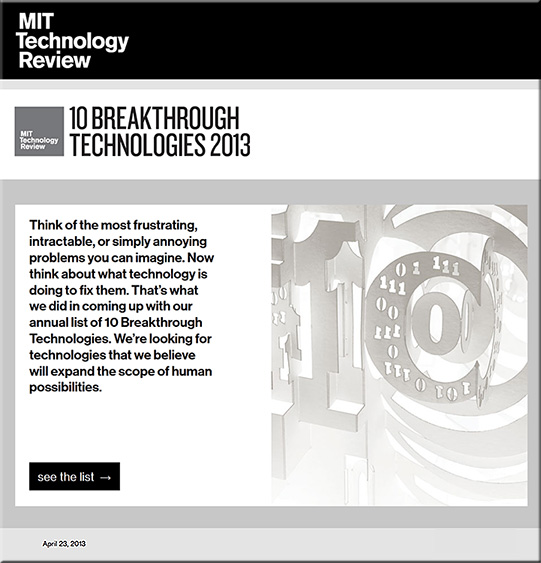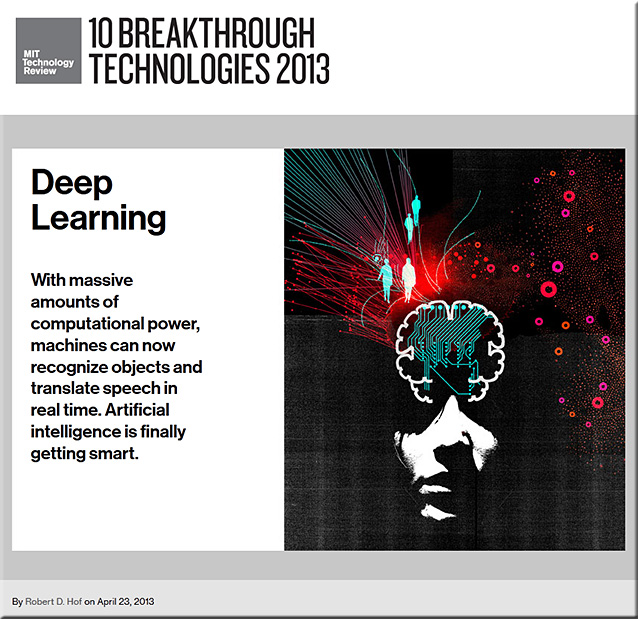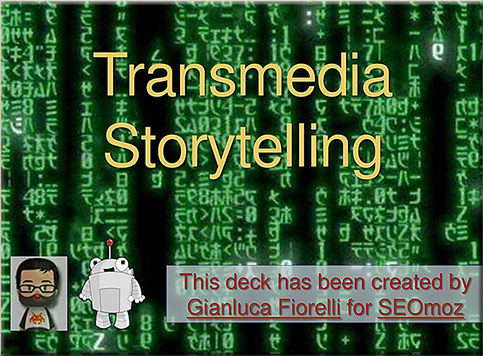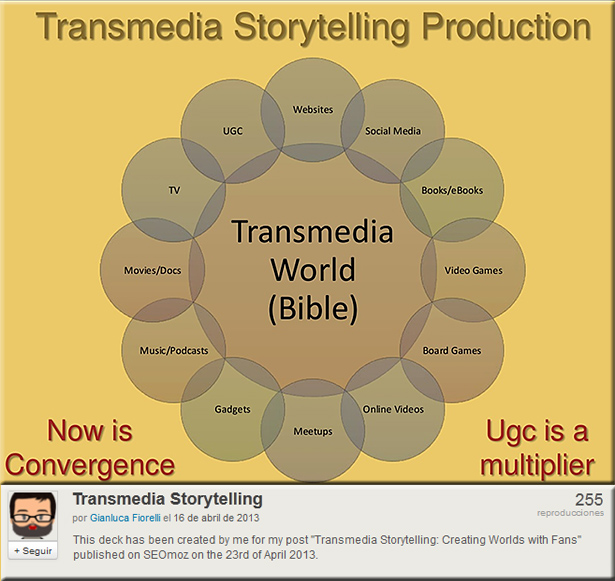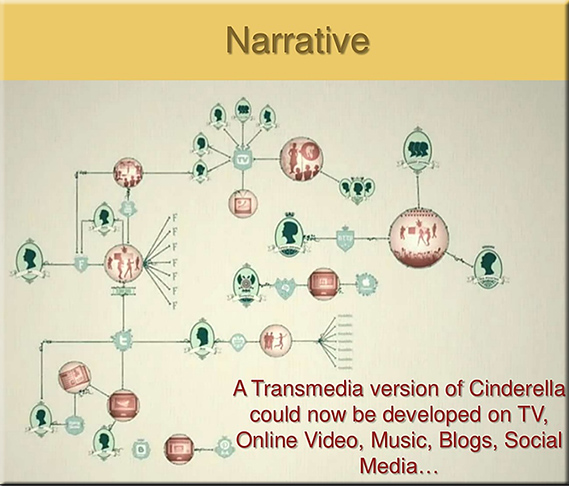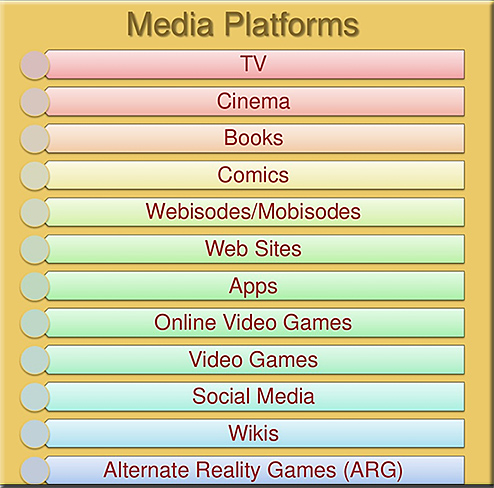Here it is: The Top 100 Tools for Learning 2013 — from c4lpt.co.uk by Jane Hart
Excerpt:
The Top 100 Tools for Learning 2013 list (released today, 30 September 2013) was compiled from the votes of over 500 learning professionals (from education and workplace learning) from 48 countries. Here are some of the highlights from this year’s list. For a fuller analyis, visit Analysis 2013
- Twitter retains its no 1 position for the 5th year running
- Google Drive/Docs moves up to #2.
- PowerPoint moves up to #5.
- Evernote moves into the top 10 at #6.
- Google +/Hangouts moves into the top 10 at #10.
- There are 10 new tools on the list topped by Feedly (an RSS reader/aggregator) at #19 and Coursera (a MOOC platform) at #38, and 3 returning tools to the list, including Storify at #58.
- The highest movers within the list are Skydrive (Windows file storage area) at #43 up 55 places since last year, and Keynote and iMovie up 40 and 32 places respectively (showing the increase in popularity of Apple software).
- A significant descent down the list for some tools including Google Sites (down 60 places) and Wikispaces (down 50 places).
- Tools moving off the list include Google Reader (now retired by Google), Bing and Scribd.
- Although the list is still dominated by free online social tools, a number of e-learning authoring tools have had a good showing this year.
- As for trends over the last 5 years, it is interesting to note that Firefox (#1 in 2007) is now at #97 on the list, and Delicious (#1 in 2008) is now at #60. What will topple Twitter from the top of the list?









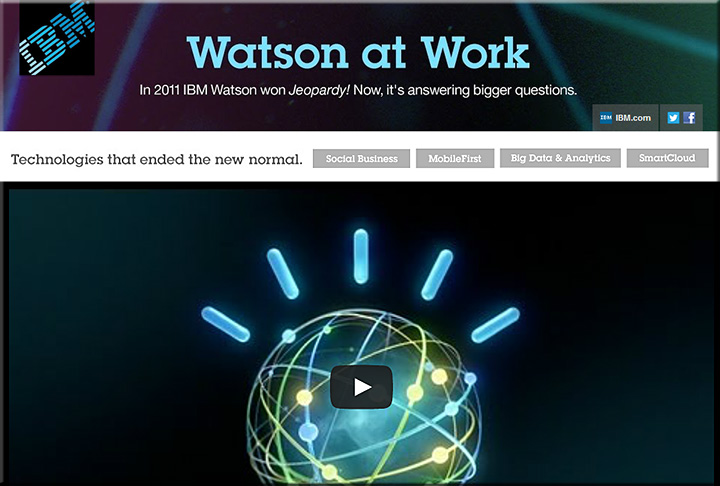
![The Living [Class] Room -- by Daniel Christian -- July 2012 -- a second device used in conjunction with a Smart/Connected TV](http://danielschristian.com/learning-ecosystems/wp-content/uploads/2012/07/The-Living-Class-Room-Daniel-S-Christian-July-2012.jpg)

